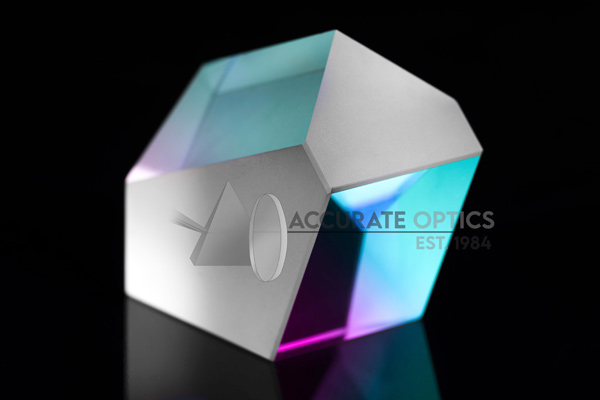Reflective IR Mirrors for Thermal Imaging
Table of Contents
Thermal imaging technology has revolutionized various industries, enabling us to see and understand heat patterns in the environment. Reflective IR mirrors play a crucial role in enhancing the efficiency and accuracy of thermal imaging systems. In this comprehensive guide, we’ll explore everything you need to know about these essential components and how they contribute to superior thermal imaging results.
What are Reflective IR Mirrors?
Reflective IR mirrors are optical components designed to reflect infrared (IR) radiation while allowing visible light to pass through. They are coated with a highly reflective material, often a metal or dielectric coating, that enables efficient reflection of IR wavelengths. These mirrors are used in thermal imaging systems to direct and focus infrared radiation onto the detector, enhancing the sensitivity and performance of the thermal imaging device.
How do Reflective IR Mirrors Work in Thermal Imaging?
In thermal imaging, objects emit infrared radiation based on their temperature. Reflective IR mirrors collect and redirect this thermal radiation towards the imaging system’s detector. The mirrors help in directing the IR radiation, allowing for better focusing and maximizing the signal received by the detector. This ensures improved thermal image quality and accurate temperature measurements.
What Factors Should I Consider When Choosing Reflective IR Mirrors?
When selecting reflective IR mirrors for thermal imaging, several factors are crucial:
– Reflectivity: High reflectivity in the infrared wavelength range is essential to maximize the signal-to-noise ratio and improve image quality.
– Coating Material: The choice of coating material (metal or dielectric) can impact the mirror’s performance, durability, and resistance to environmental conditions.
– Wavelength Range: Ensure that the mirror is optimized for the specific wavelength range used in your thermal imaging system.
– Surface Quality: A smooth surface is necessary to minimize scattering and aberrations, leading to sharper images.
– Temperature Stability: Consider the mirror’s ability to withstand temperature fluctuations and maintain its performance over time.
What Applications Benefit from Reflective IR Mirrors in Thermal Imaging?
Reflective IR mirrors find applications in various thermal imaging scenarios, including:
– Building Inspections: Detecting heat leaks, insulation issues, and identifying electrical hotspots.
– Industrial Predictive Maintenance: Monitoring equipment for potential failures or anomalies based on temperature variations.
– Search and Rescue Operations Locating people or animals in low-visibility conditions, such as dense fog or smoke.
– Surveillance and Security: Enhancing nighttime surveillance by detecting intruders based on body heat.
– Medical Imaging: Non-invasive temperature monitoring and identifying medical conditions through thermography.
Can Reflective IR Mirrors Handle High Power IR Radiation?
Yes, many reflective IR mirrors are designed to handle high power IR radiation. They are equipped with coatings that can withstand the intensity of the infrared radiation without damaging the mirror’s surface or degrading its reflectivity. It is essential to select mirrors specifically rated for high-power applications to ensure long-term reliability.
How to Properly Clean and Maintain Reflective IR Mirrors?
To maintain the performance of reflective IR mirrors, follow these cleaning and maintenance guidelines:
– Use a clean, lint-free cloth to wipe off any dust or debris gently.
– If necessary, use a mild solvent recommended by the manufacturer to remove stubborn contaminants.
– Avoid touching the mirror’s surface with bare hands, as oils and residues can impact reflectivity.
– Store mirrors in a dry, clean environment when not in use to prevent damage.
Can Reflective IR Mirrors be Customized for Specific Applications?
Yes, many manufacturers offer customizable reflective IR mirrors to meet specific application requirements. Customization options may include wavelength range optimization, mirror shape, size, and coating material. Consulting with the manufacturer can help tailor the mirrors to your thermal imaging system’s exact specifications.
Conclusion:
Reflective IR mirrors play a vital role in enhancing the performance of thermal imaging systems, enabling accurate temperature measurements and improved image quality. Understanding their capabilities and considerations for selection will empower you to make informed choices when incorporating these crucial components into your thermal imaging applications. Whether it’s building inspections, industrial maintenance, or medical thermography, reflective IR mirrors are indispensable tools for visualizing the invisible world of heat.








